Home>Storage & Organization>Kitchen Organizing Tools>How To Organize Food Containers
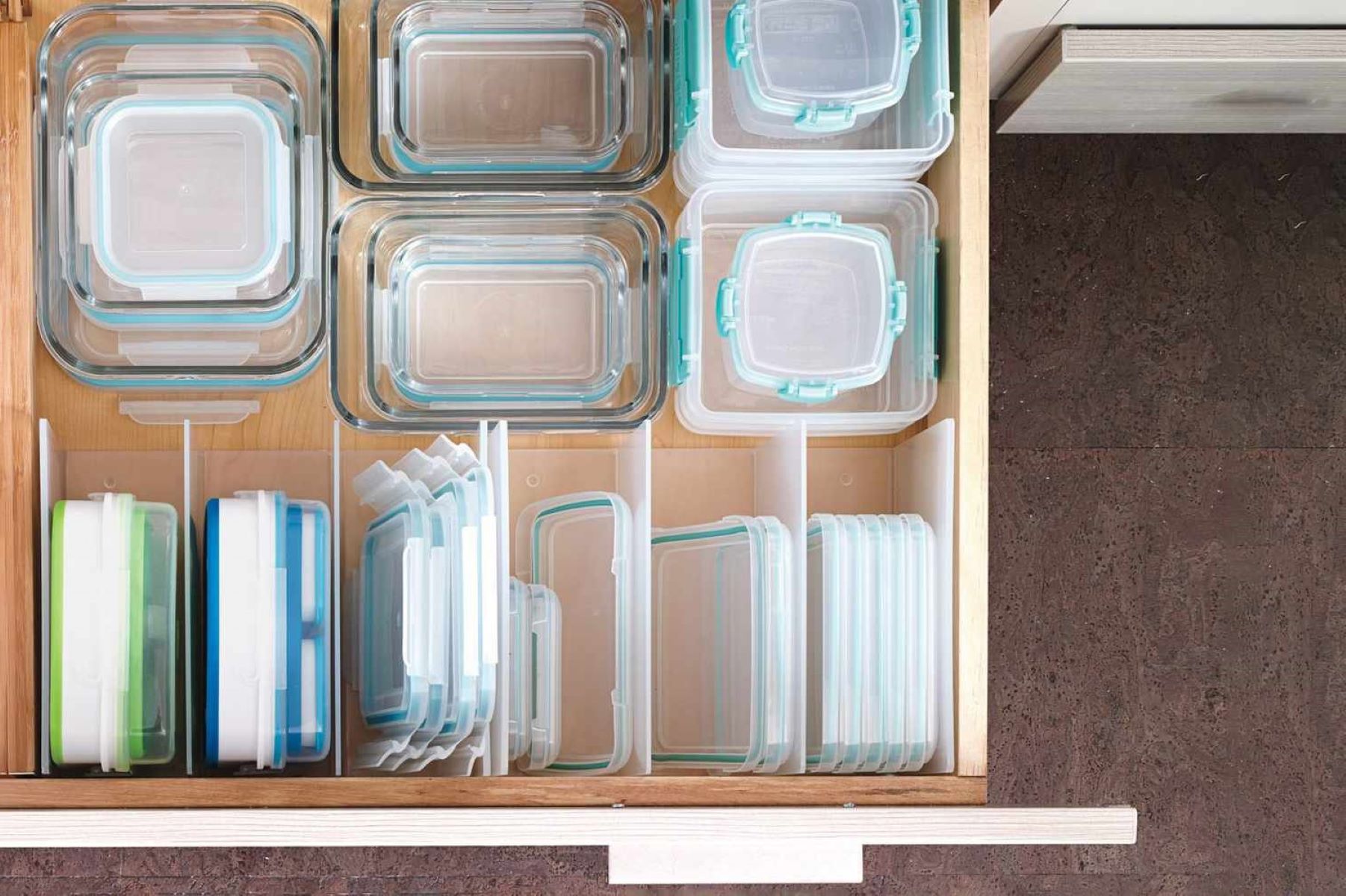

Kitchen Organizing Tools
How To Organize Food Containers
Modified: October 28, 2024
Learn how to efficiently organize your food containers with the best kitchen organizing tools. Keep your kitchen tidy and clutter-free with these helpful tips.
(Many of the links in this article redirect to a specific reviewed product. Your purchase of these products through affiliate links helps to generate commission for Storables.com, at no extra cost. Learn more)
Introduction
Are you tired of rummaging through a jumble of food containers every time you need to pack a lunch or store leftovers? Organizing your food containers can save you time and frustration, making meal prep and storage a breeze. In this article, we'll explore practical tips and strategies for decluttering and arranging your food container collection. From assessing your current inventory to creating a system for easy access, we've got you covered. Let's dive in and transform your chaotic mess of containers into an orderly and efficient storage solution.
Key Takeaways:
- Say goodbye to the chaos! Assess, categorize, and create an easy-access system for your food containers. Keep it simple, organized, and efficient for stress-free meal prep and storage.
- Keep it tidy! Regularly inspect, sort, and label your containers. Educate your household members and maintain your storage solutions to ensure a clutter-free and efficient system.
Assessing Your Food Container Collection
Before diving into the organization process, take some time to assess your current food container collection. This step is crucial for identifying what you have, what you need, and what can be discarded or repurposed. Here's how to approach this initial assessment:
-
Gather All Containers: Start by gathering all your food containers from various places in your kitchen, including cabinets, drawers, and the refrigerator. This step ensures that you have a comprehensive view of your entire collection.
-
Check for Matching Lids: As you gather the containers, check for matching lids. Set aside any containers that are missing lids or lids that don't fit properly. It's time to bid farewell to these mismatched pairs.
-
Inspect for Damage: Examine each container for signs of damage, such as cracks, warping, or discoloration. Damaged containers may not seal properly or could pose a health risk, so it's best to discard them.
-
Assess Sizes and Shapes: Take note of the different sizes and shapes of your containers. This will help you determine the most efficient way to store them and select appropriate storage solutions.
-
Evaluate Usage Frequency: Consider which containers you use most frequently and which ones tend to sit idle. This assessment will guide you in prioritizing the placement of containers for easy access.
By thoroughly assessing your food container collection, you'll gain valuable insights that will inform the next steps in the organization process.
Choosing the Right Storage Solutions
When it comes to organizing your food containers, selecting the right storage solutions is essential for maximizing space and maintaining order. Here are some tips for choosing the most suitable storage solutions for your food container collection:
-
Stackable Containers: Opt for stackable containers that can nest neatly inside each other when not in use. This feature minimizes clutter and makes the most of your storage space.
-
Modular Storage Systems: Consider investing in modular storage systems specifically designed for food containers. These systems often include interchangeable lids and containers that can be stacked or nested to create a customized storage solution.
-
Adjustable Shelving: If you store your containers in a cabinet or pantry, adjustable shelving can be a game-changer. It allows you to customize the height between shelves to accommodate containers of various sizes.
-
Drawer Organizers: For those who prefer storing containers in drawers, drawer organizers with adjustable dividers can help keep different sizes and shapes of containers neatly separated and easily accessible.
-
Lid Racks or Holders: Keep your container lids in check by using lid racks or holders. These handy organizers prevent lids from getting lost or creating a chaotic mess in your cabinets.
-
Clear Bins or Baskets: Utilize clear bins or baskets to corral smaller containers or lids. Clear containers allow you to see the contents at a glance, making it easier to find what you need without rummaging through a pile of containers.
-
Over-the-Door Organizers: If space is limited, consider using over-the-door organizers to store containers and lids. These organizers maximize vertical space and provide quick access to your containers without taking up valuable shelf or counter space.
By choosing the right storage solutions for your food containers, you can create an organized and efficient storage system that simplifies meal prep and storage.
Use stackable containers to save space and keep lids and containers together. Sort by size and shape for easy access.
Sorting and Categorizing Containers
Once you've assessed your food container collection and chosen the right storage solutions, it's time to sort and categorize your containers for efficient organization. Here's how to tackle this crucial step:
-
Group by Size: Start by grouping containers of similar sizes together. This makes it easier to find the right size when you need it and maximizes the use of your storage space.
-
Separate by Type: Categorize your containers by type, such as round, square, or rectangular. Keeping similar shapes together can streamline the storage process and help you quickly locate the container you need.
-
Organize by Function: Consider the intended use of each container. Separate containers used for meal prep, storing leftovers, or packing lunches. This categorization can help you access the right containers for specific purposes without sifting through a jumble of options.
-
Sort by Material: If you have containers made of different materials, such as glass or plastic, consider sorting them accordingly. This can prevent damage and make it easier to manage containers with specific care requirements.
-
Labeling: To further streamline the sorting and categorizing process, consider labeling your containers. You can use adhesive labels, masking tape, or erasable markers to indicate the contents or intended use of each container. This simple step can save time and prevent confusion when reaching for a specific container.
By sorting and categorizing your containers, you'll create a well-organized system that simplifies the process of finding, accessing, and using your food containers.
Creating a System for Easy Access
Organizing your food containers is not just about tidying up; it's also about creating a system that allows for easy access to the containers you need. Here's how to establish a system that streamlines access to your food containers:
-
Accessible Placement: Store frequently used containers within easy reach. Place them at eye level in cabinets or on shelves for quick access. Less frequently used containers can be stored in higher or lower spaces.
-
Use Clear Containers: Opt for clear containers whenever possible. Clear containers allow you to see the contents at a glance, eliminating the need to open multiple containers to find what you need.
-
Lid and Container Pairing: Store container lids alongside their corresponding containers. This simple practice prevents the frustration of searching for the right lid when you're in a hurry.
-
Utilize Lazy Susans: Lazy Susans are a fantastic solution for deep cabinets or corner spaces. They allow you to easily rotate and access containers without having to rummage through the depths of your storage space.
-
Drawer Organization: If you store containers in drawers, use drawer dividers to keep different sizes and shapes neatly separated. This prevents a jumbled mess and makes it easy to grab the container you need.
-
Frequent Purging: Regularly assess your container collection and purge any items that are damaged, mismatched, or no longer in use. This practice keeps your collection streamlined and ensures that you're only storing containers you actually need.
By creating a system that prioritizes easy access to your food containers, you'll streamline meal prep and storage, saving time and reducing frustration.
Maintaining Your Organized Food Containers
Once you've invested time and effort into organizing your food containers, it's essential to maintain the system to ensure long-term efficiency. Here are some practical tips for keeping your organized food containers in top shape:
-
Regular Inspections: Schedule periodic inspections of your food container collection. Check for any signs of damage, missing lids, or containers that no longer serve a purpose. By addressing issues promptly, you can prevent clutter from creeping back in.
-
Consistent Sorting: Make it a habit to sort and categorize newly acquired containers. Whether you've purchased a new set or received containers as gifts, take the time to integrate them into your existing system. This prevents the accumulation of unorganized containers.
-
Reinforce Labeling: Over time, labels may fade or become illegible. Take the opportunity to refresh or replace labels as needed. Clear and accurate labeling ensures that everyone in the household can easily locate and return containers to their designated spots.
-
Reevaluate Usage: Periodically reassess the usage frequency of your containers. If you find that certain containers are consistently overlooked, consider repurposing them or donating them to someone who can make better use of them. This prevents unnecessary clutter and optimizes your collection.
-
Maintenance of Storage Solutions: Keep your chosen storage solutions in good condition. Clean and inspect stackable containers, drawer organizers, and shelving regularly to ensure they remain functional and free from obstructions.
-
Educate Household Members: If you share your living space with others, take the time to educate them on the organization system. Encourage everyone to adhere to the designated placement of containers and lids to maintain the overall order.
By implementing these maintenance practices, you can preserve the efficiency and functionality of your organized food container system, ensuring that it continues to simplify your meal prep and storage needs.
Frequently Asked Questions about How To Organize Food Containers
Was this page helpful?
At Storables.com, we guarantee accurate and reliable information. Our content, validated by Expert Board Contributors, is crafted following stringent Editorial Policies. We're committed to providing you with well-researched, expert-backed insights for all your informational needs.
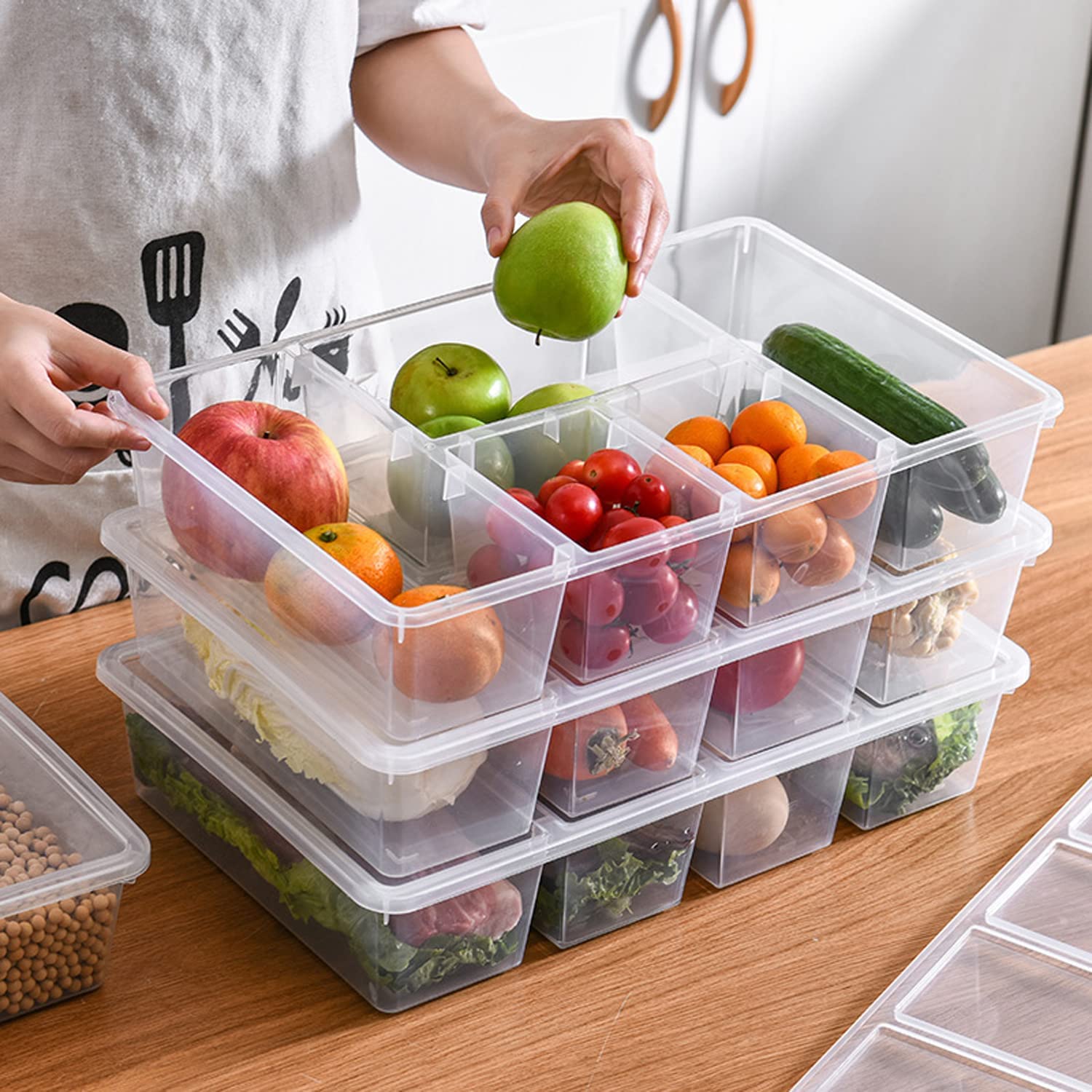
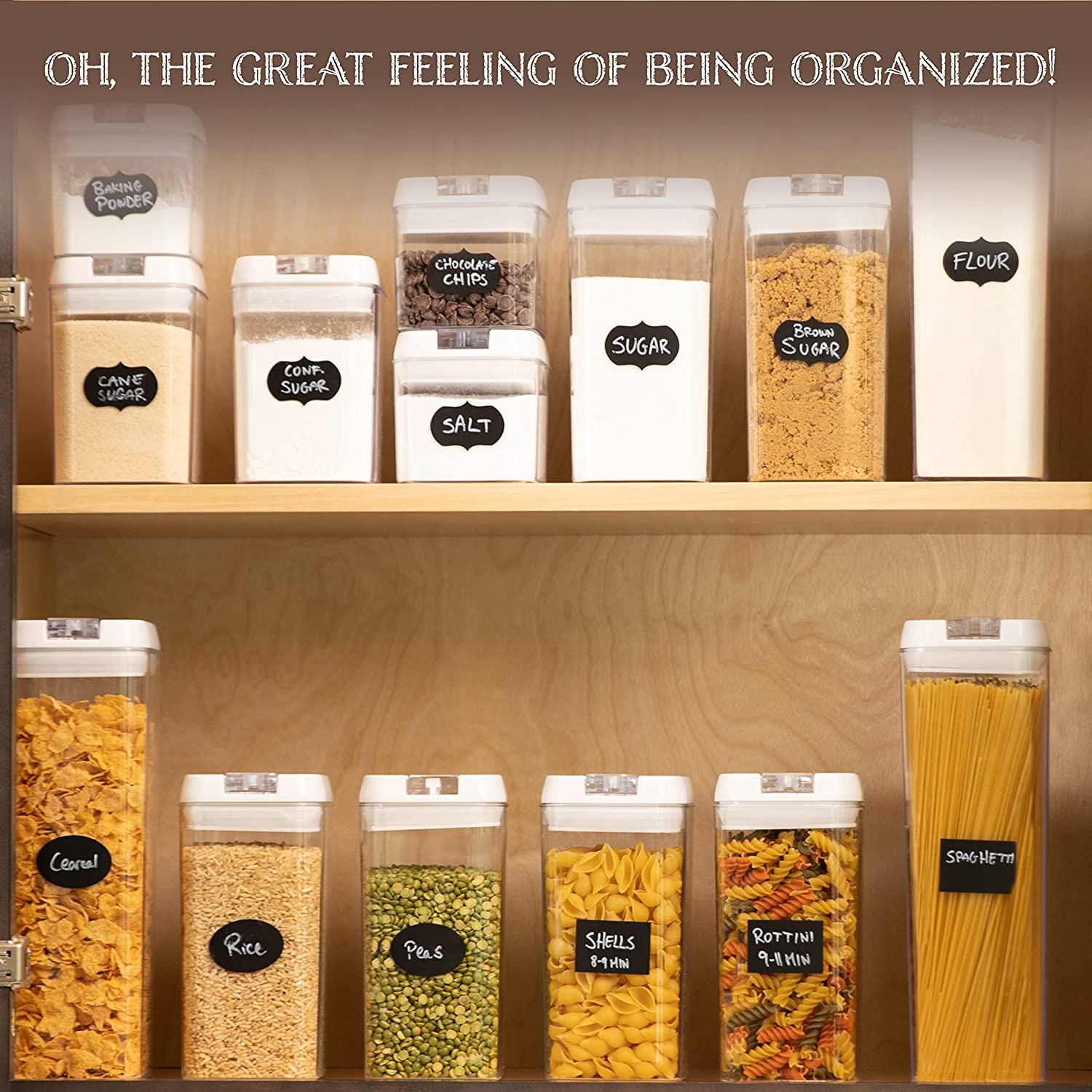
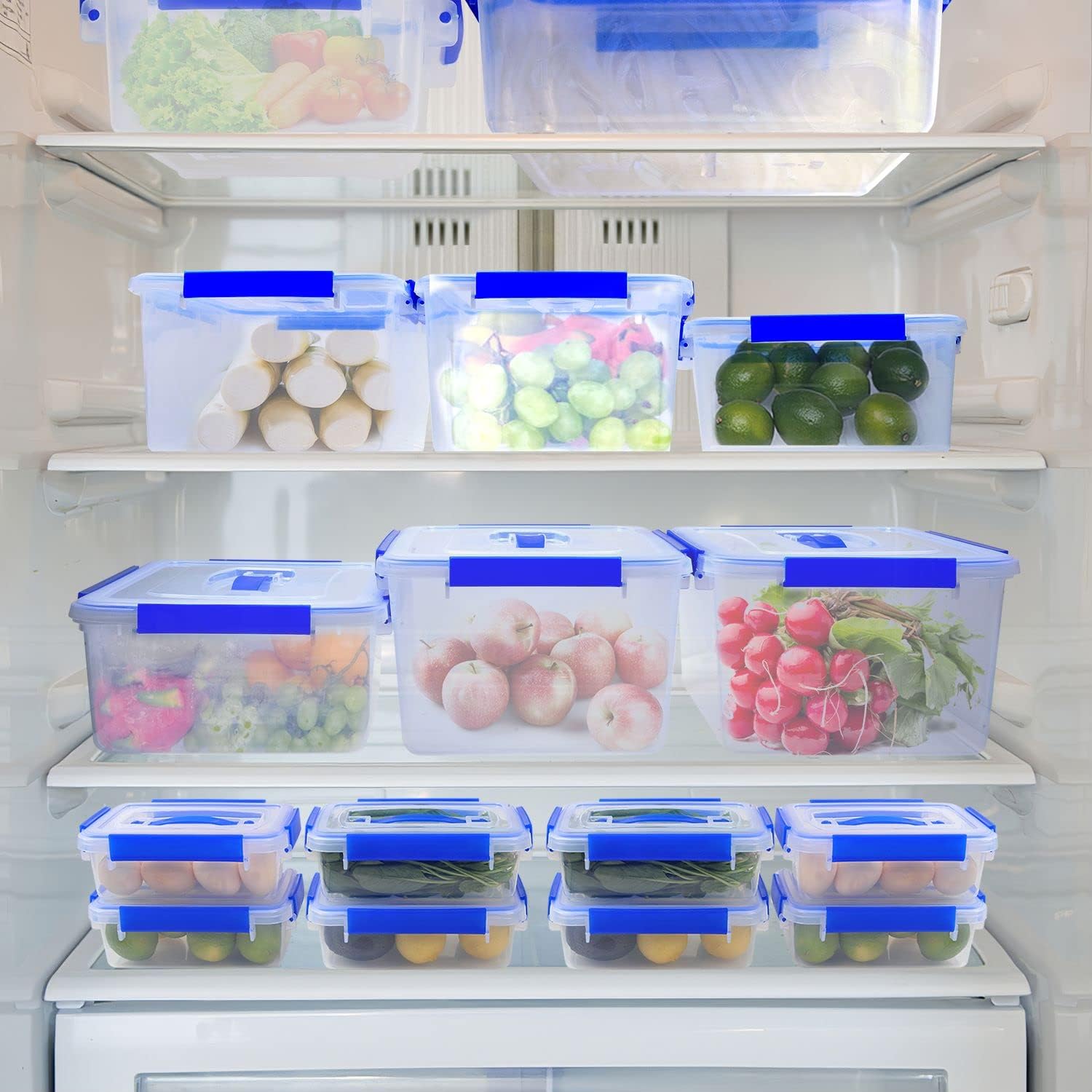
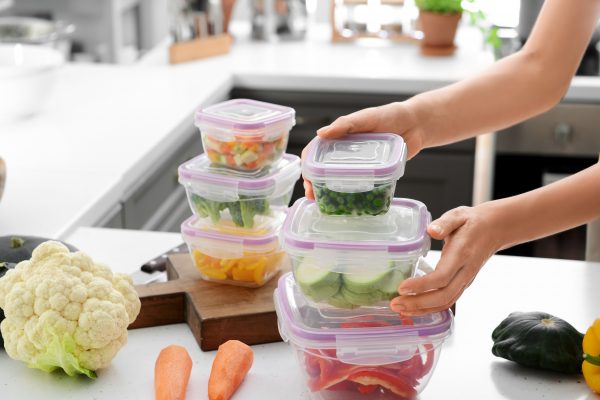
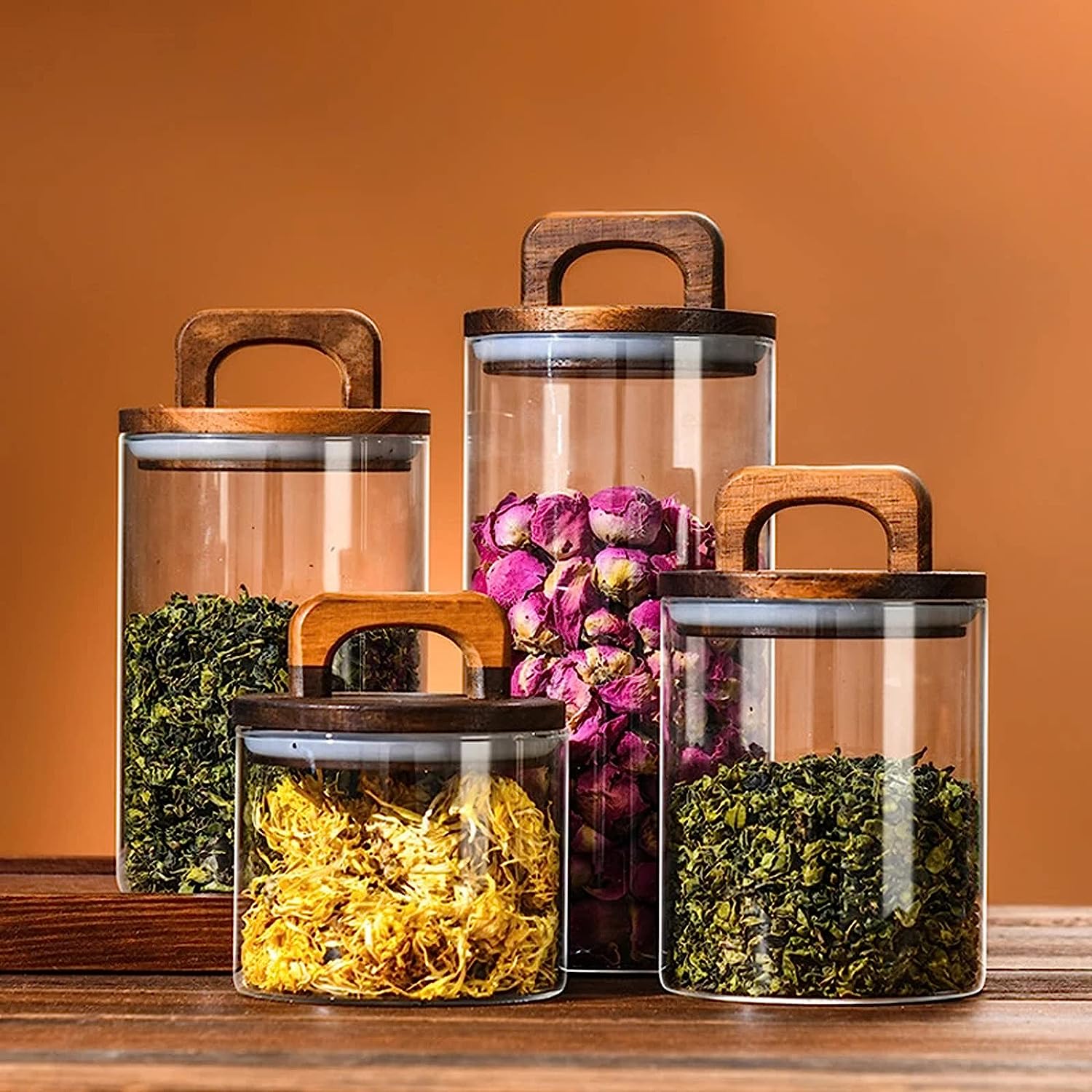
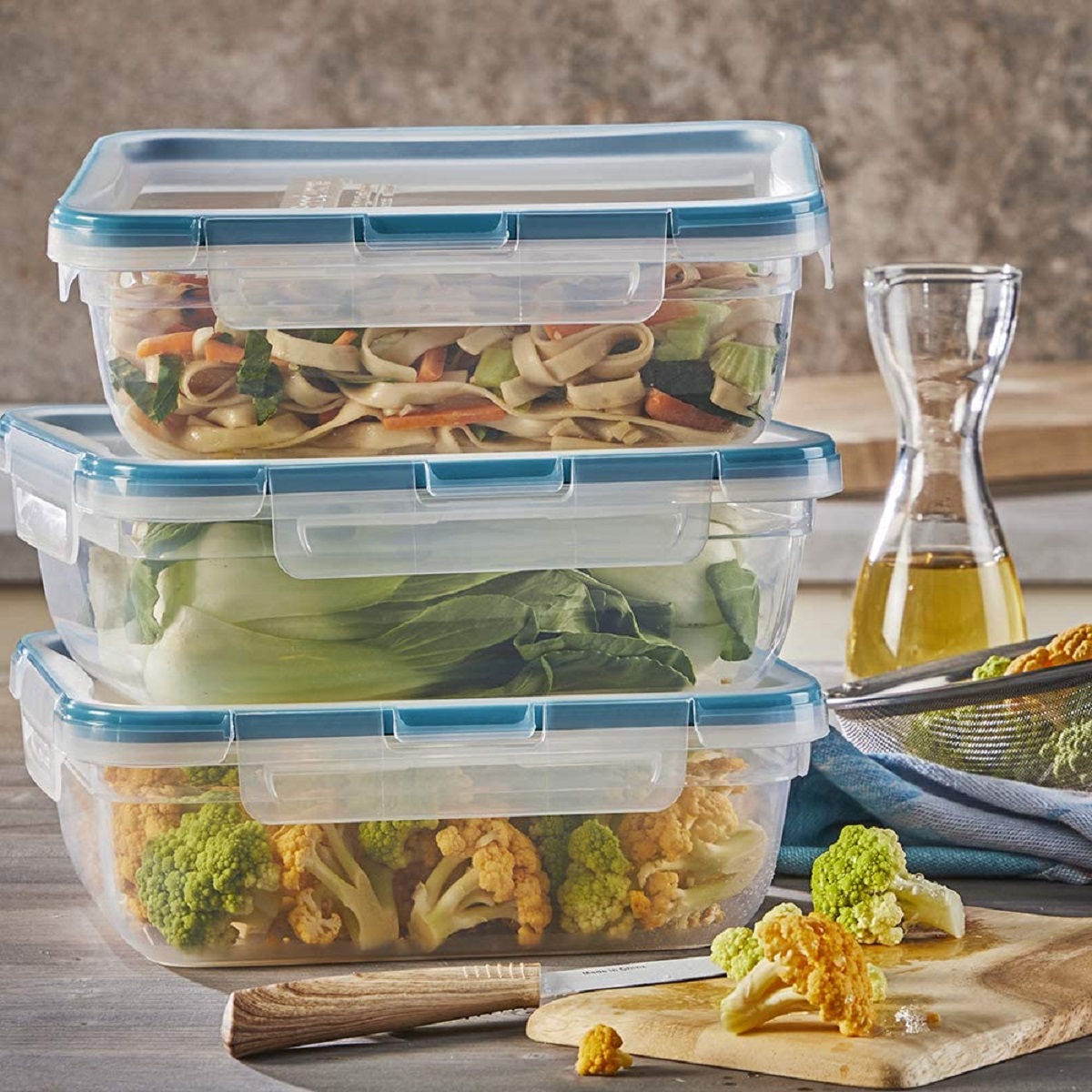
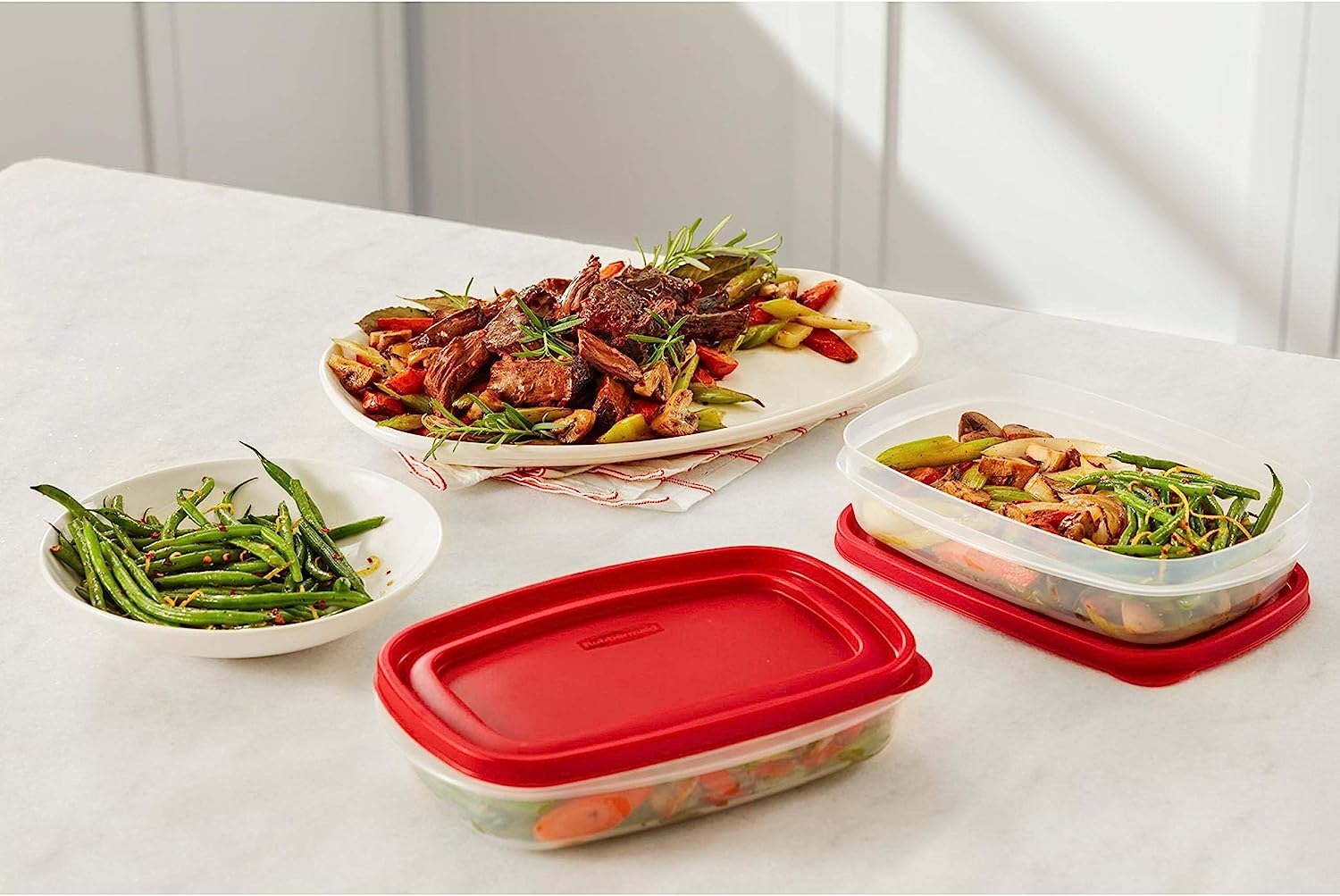
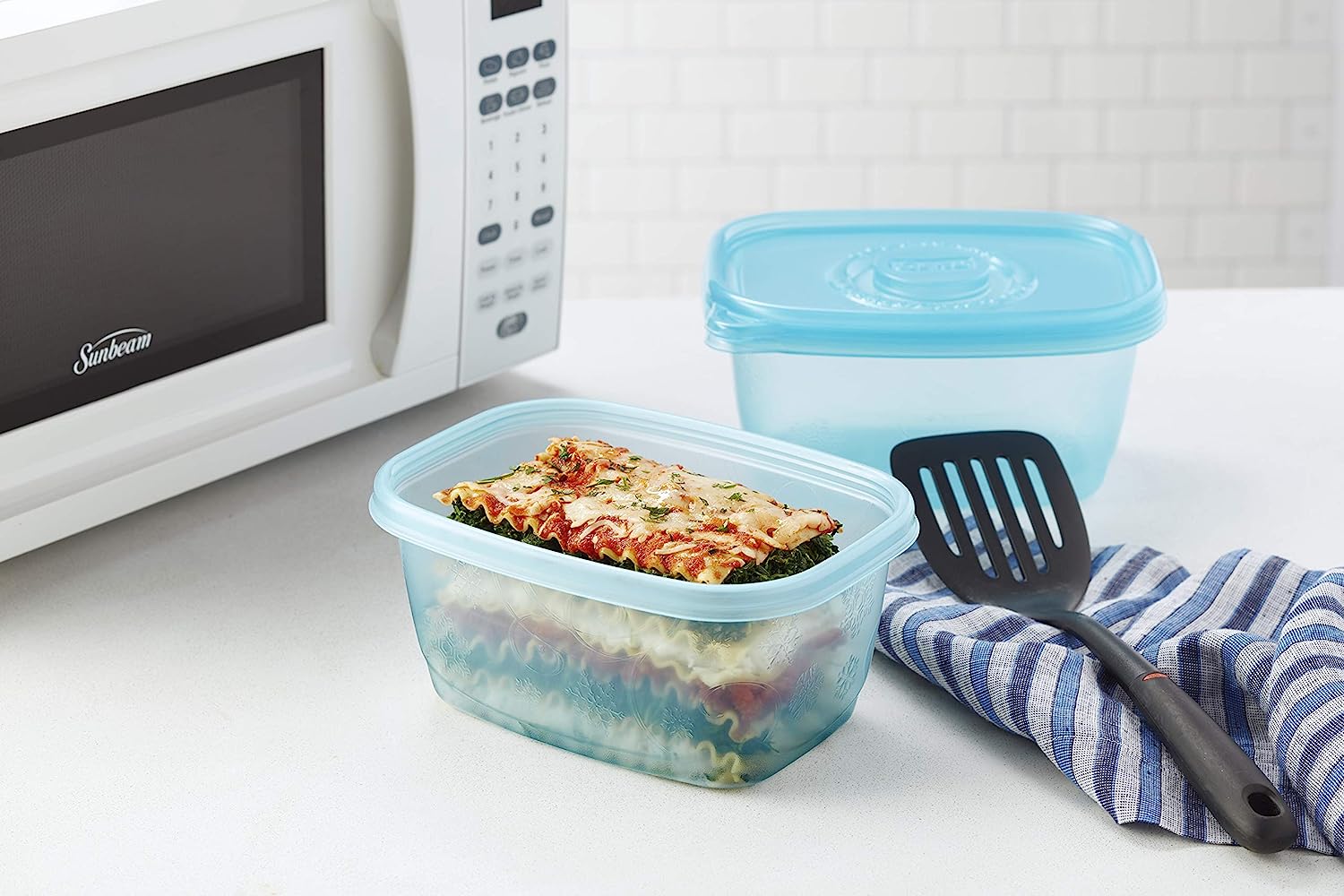
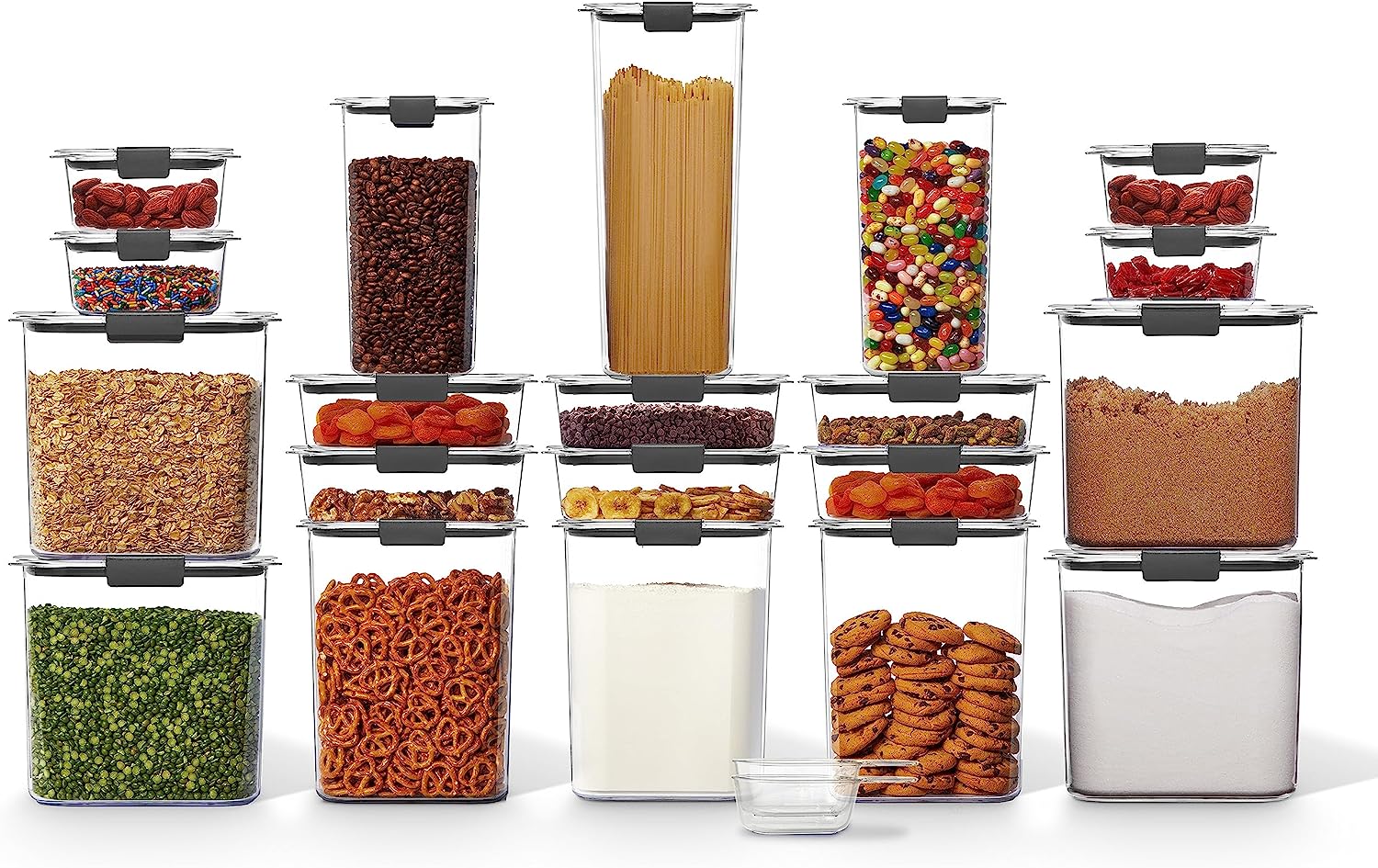
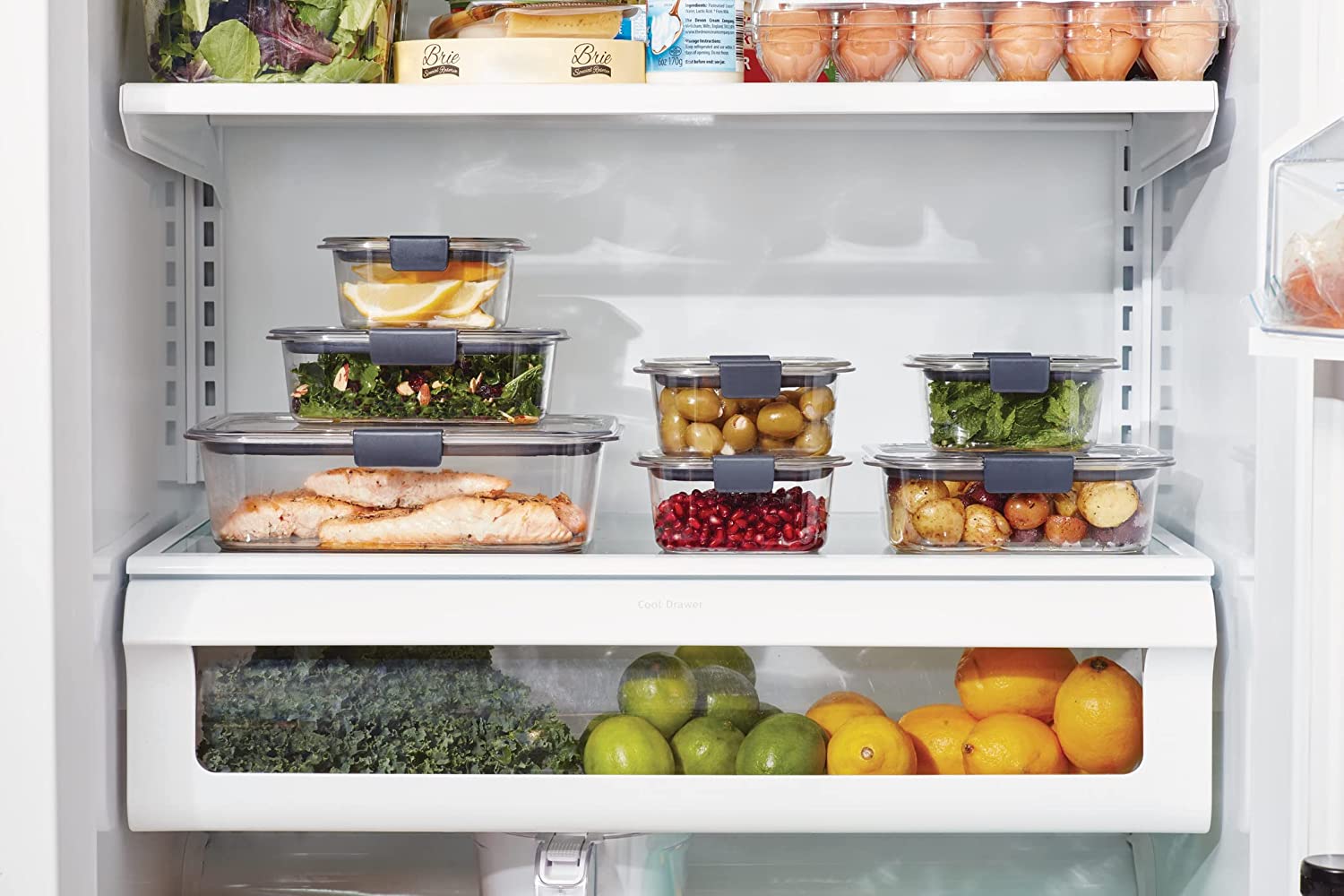
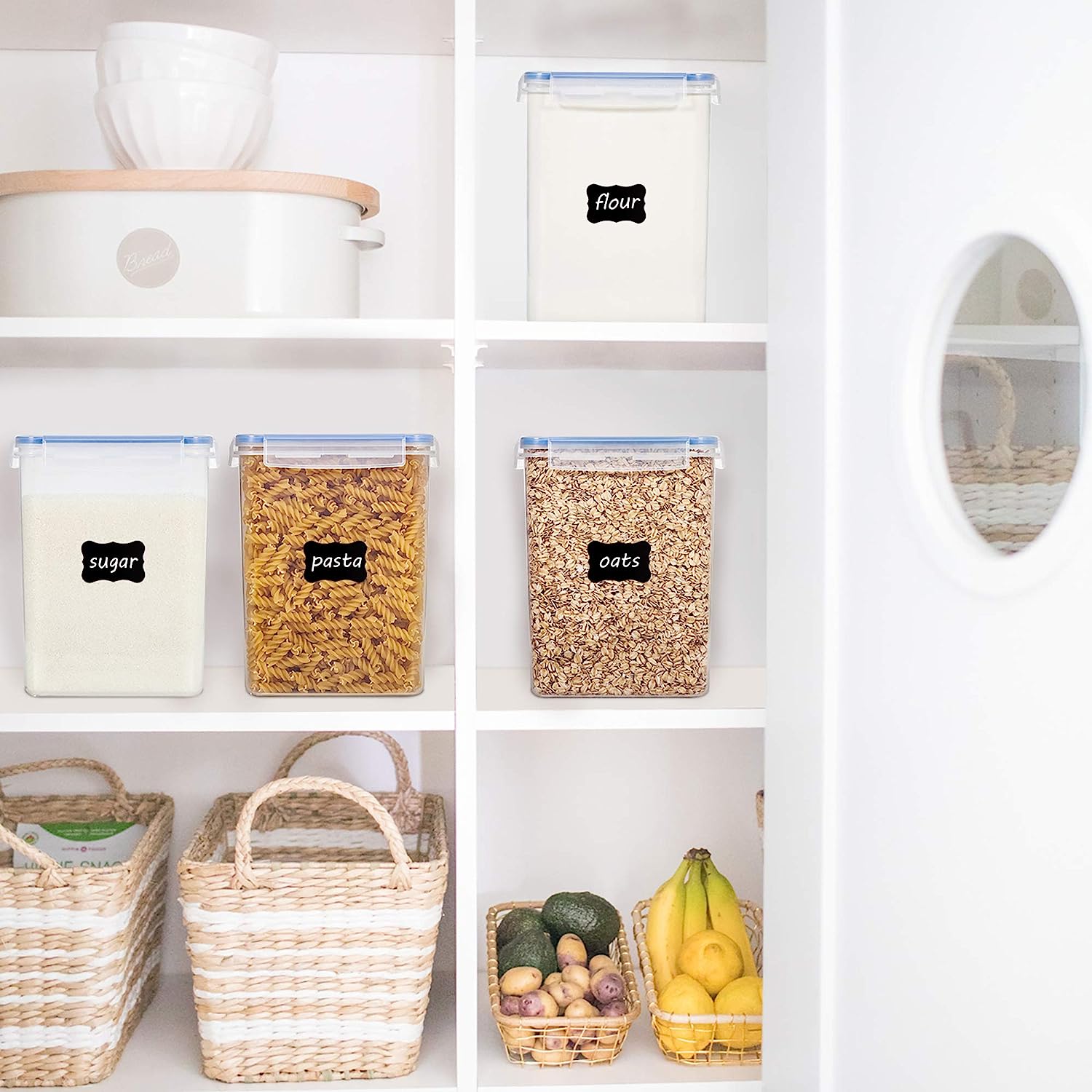
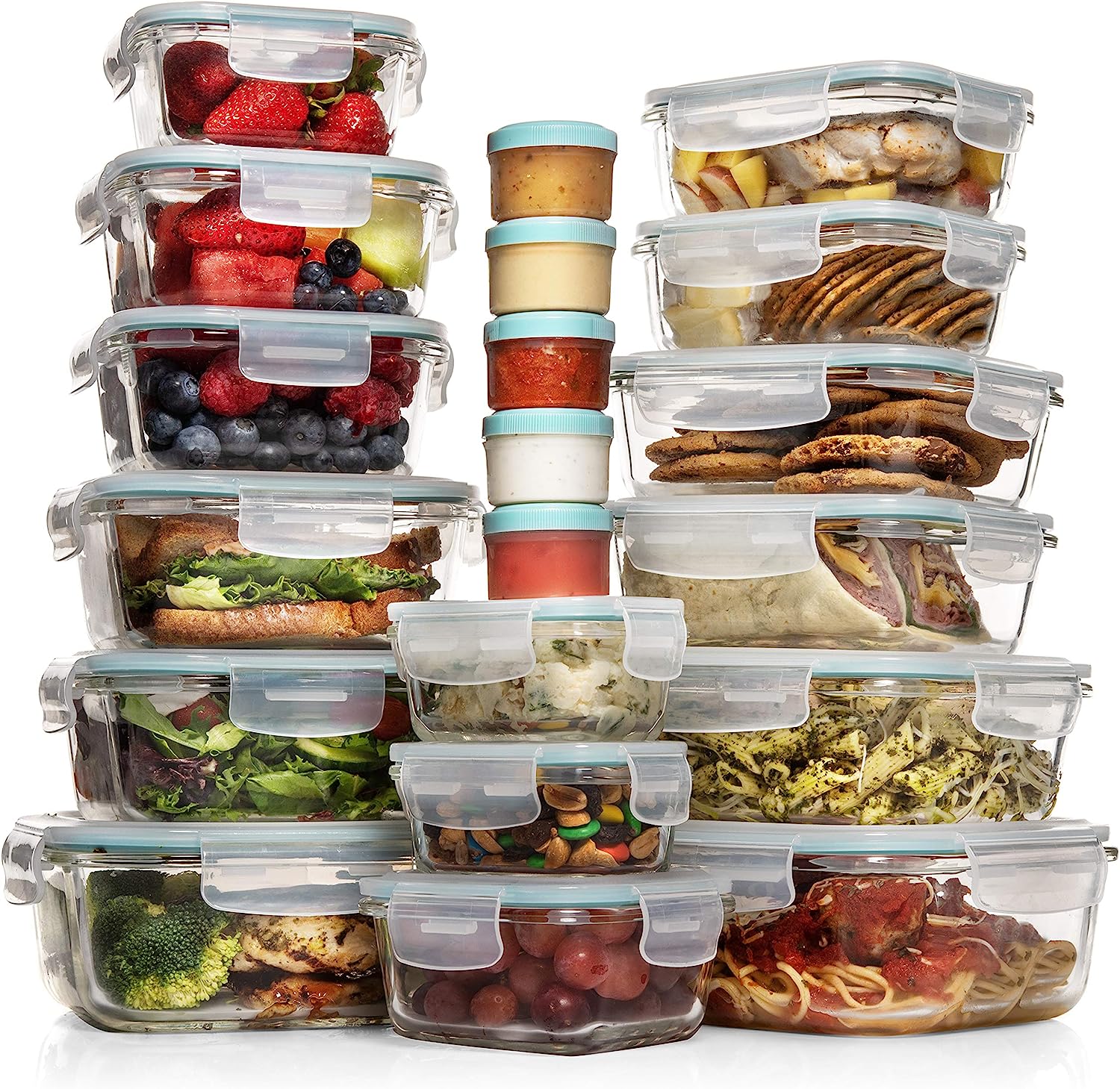
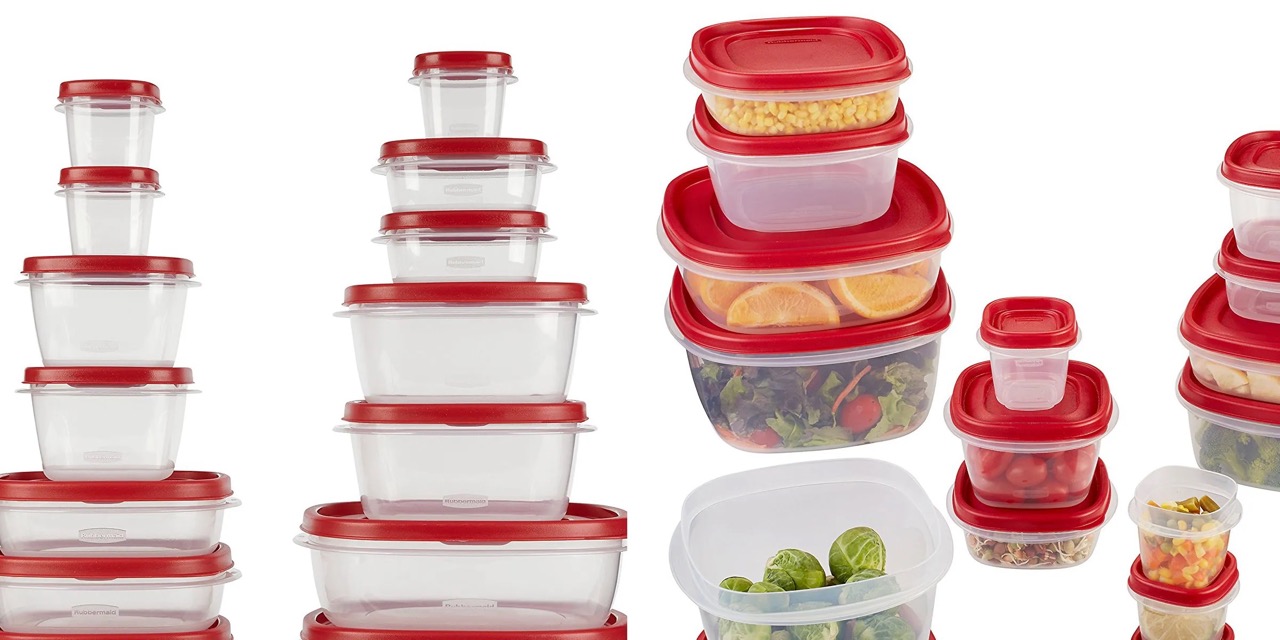
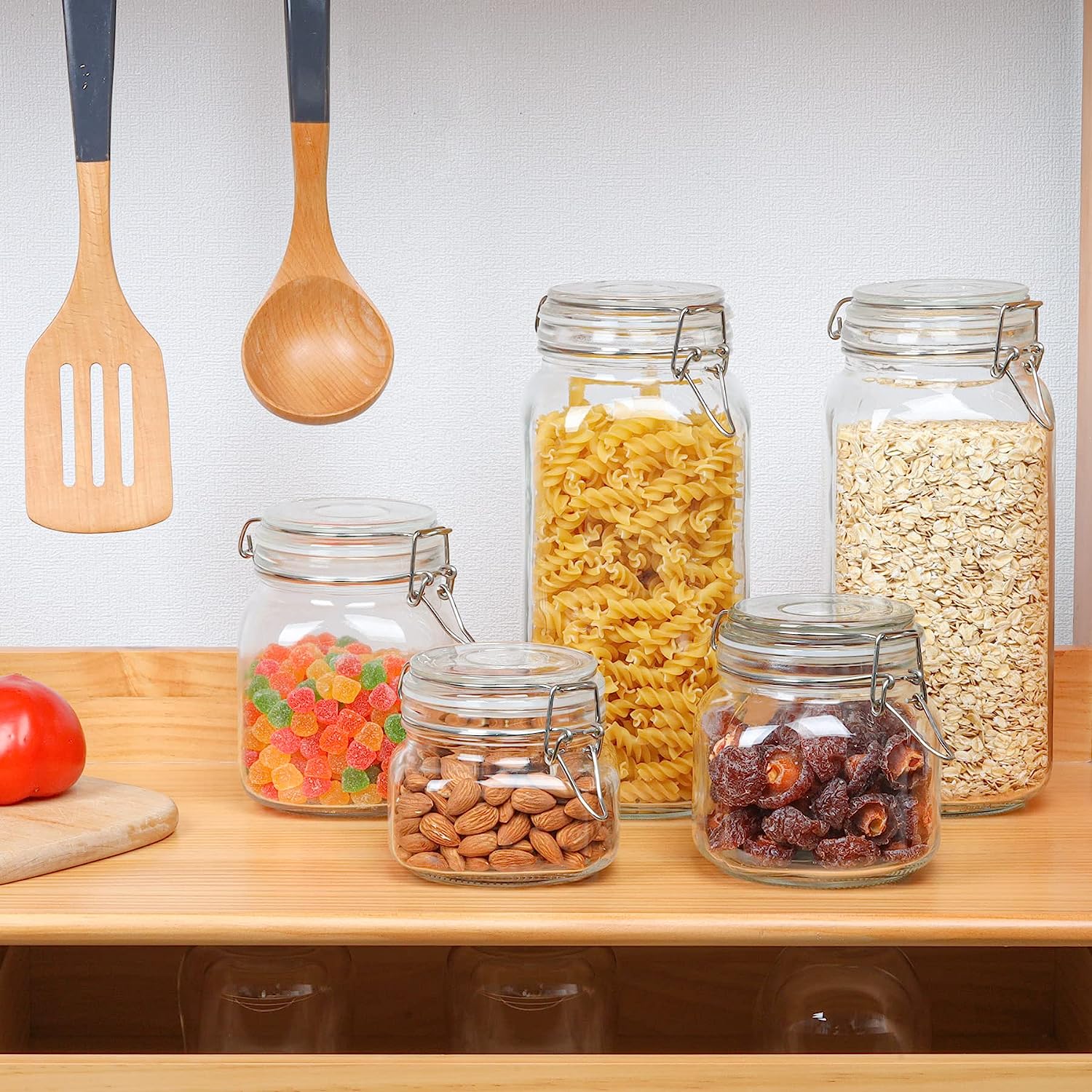

0 thoughts on “How To Organize Food Containers”